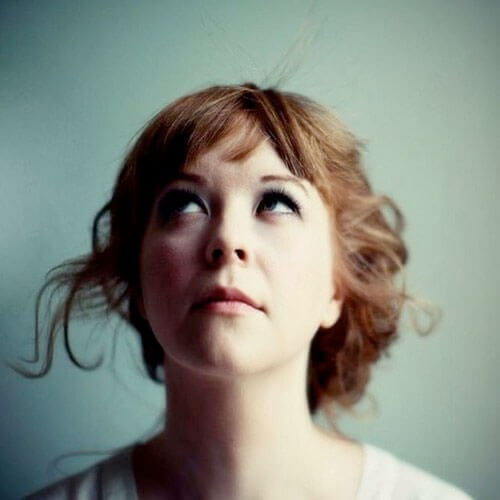Jennifer B Thoreson (Hudson) is a fresh, young visual fine art photographer creating staged imagery that is both artistically stylized and meticulously crafted. Drawing inspirations from themes of faith, restitution and re-purpose, and the intricacy of personal relationships, Jennifer is a dynamic and emotional illustrator of the human heart. With an innate ability to plumb the antique, the work is soulful; seeking the use of the forgotten or discarded, eerie and quiet.
Raised in a spiritual and conservative home in rural Texas, Jennifer grew up imaginative, curious, and experimental, and has used her upbringing in her intensely personal artwork to bring insight and awareness using heartfelt, acutely mapped personal experiences.
Jennifer is currently working in Albuquerque. New Mexico. she is an MFA Degree Candidate at the University of New Mexico, and is studying within the studio art in Photography program. Alongside varied private portrait commissions, she is an international speaker and lecturer whose programs are sought after year after year by many professional public and private photographic organizations. She has just completed her latest major body of work entitled ‘Medic’, a collection of ten images exploring the breadth of human relationships during illness and recovery. Jennifer’s work has been a part of many group and solo exhibitions, and is represented by three major galleries across the country.
Exclusive Interview with Jennifer B Thoreson (Hudson):
All About Photo: Where did you study photography?
Jennifer Thoreson:The University of New Mexico
How long have you been a photographer?About 12 years.
What or who inspires you?Thomas Demand, Ann Hamilton, Rachel Whiteread, Francesca Woodman, Deborah Turbeville, Sarah Moon, Gertrude Kassebier, Julia Margaret Cameron
Do you have a favorite photograph or series?Deborah Turbeville's Past Imperfect
What kind of gear do you use? Camera, lens, digital, film?I have a Nikon D3, and use the 24-70mm 2.8 for just about everything.
What advice would you give a young photographer?First, commitment and conviction are paramount. If you combine conviction and energy, you've really got something. Second, be humble, engaged, passionate, and well spoken.
An idea, a sentence, a project you would like to share?I'm working on a project now about re-birth and reconciliation. I'm creating large scale installations in each room of a house, and photographing them with human subjects. The house itself, and all of the furnishings are unwanted or discarded items I have collected. I'm repairing them, beautifying, and repurposing them for the photographs; sort of a baptism for each object. The finished work will be photographs; small records, or documents of the transformation.
The compliment that touched you most?Someone once told me that one of my photographs helped her to cope and heal from a life crisis. It meant the world to me.
If you were someone else who would it be?Imogen Heap.
Your favorite photo book?'Francesca Woodman'
See the Book